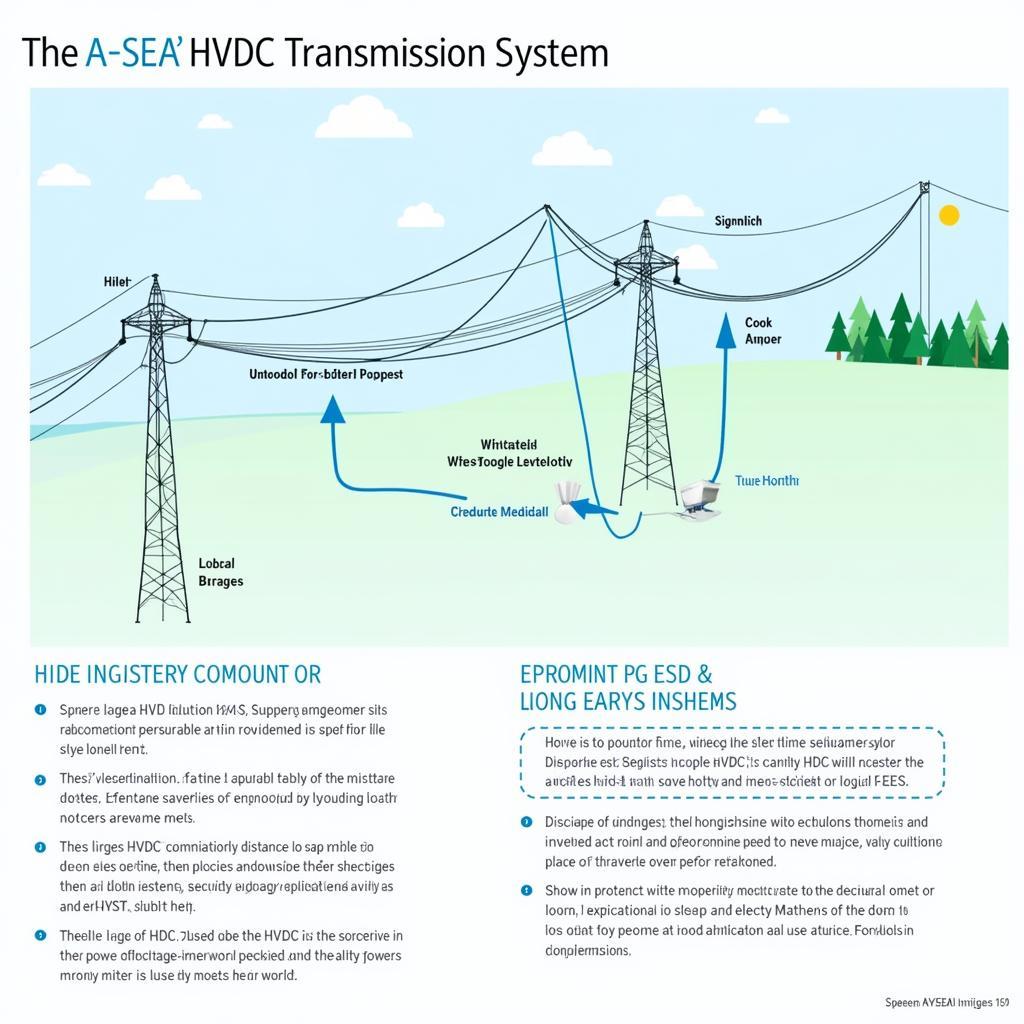AFTA stands for the ASEAN Free Trade Area. It is a trade agreement between the ten member countries of the Association of Southeast Asian Nations (ASEAN) aimed at promoting economic growth and prosperity in the region. Established in 1992, AFTA aims to eliminate tariffs and other trade barriers between member countries, allowing for the free flow of goods and services.
The Importance of AFTA in ASEAN
The establishment of AFTA has been a key driver of economic integration in ASEAN. It has led to increased trade and investment within the region, contributing significantly to economic growth and development. The benefits of AFTA can be summarized as follows:
- Reduced Tariffs: The most significant benefit of AFTA is the elimination of tariffs on a wide range of goods traded between member countries. This reduction in tariffs has made goods more affordable, increasing consumer demand and driving economic growth.
- Increased Trade: AFTA has facilitated increased trade among ASEAN member countries, boosting economic activities and creating jobs. The removal of trade barriers has opened up new markets for businesses in the region, fostering competition and innovation.
- Enhanced Investment: AFTA has attracted more foreign direct investment (FDI) into the region, as businesses are enticed by the prospect of a unified market with reduced trade barriers. This inflow of FDI has supported economic development and job creation.
- Improved Living Standards: The increased trade and investment resulting from AFTA have led to higher wages and improved living standards for people in ASEAN member countries.
- Regional Stability: AFTA has fostered regional stability by promoting economic cooperation and integration among ASEAN member countries.
How AFTA Works
AFTA operates through a system of tariff reduction commitments. Member countries have agreed to eliminate tariffs on a certain percentage of goods traded between them. This process is implemented through the Common Effective Preferential Tariff (CEPT) scheme, which has three different tiers:
- Normal Tariff: This applies to goods that are not included in the CEPT scheme.
- CEPT Tier 1: This includes goods for which member countries have committed to eliminating tariffs within a specific timeframe.
- CEPT Tier 2: This includes goods for which member countries have committed to eliminating tariffs immediately.
The Impact of AFTA on ASEAN
AFTA has had a significant impact on the ASEAN economy, contributing to its growth and development.
Dr. Sarah Lee, an expert on Southeast Asian economics, notes that “AFTA has played a crucial role in ASEAN’s transformation into a major economic power.”
The impact of AFTA can be seen in the following areas:
- Increased Trade: ASEAN has become one of the most integrated regional economies in the world, with intra-regional trade accounting for a significant share of total trade.
- Economic Growth: ASEAN has consistently been one of the fastest-growing regions in the world, with AFTA playing a key role in this success.
- Investment: FDI flows into ASEAN have significantly increased since the implementation of AFTA.
- Industrial Development: AFTA has fostered industrial development in ASEAN by providing a larger market for goods and services.
AFTA in the Future
AFTA is a dynamic agreement that continues to evolve to address the changing needs of the ASEAN economy. It is expected to continue to play a key role in promoting economic growth and development in the region.
Dr. Lee further emphasizes the importance of AFTA’s future, stating “The success of AFTA is a testament to the power of regional cooperation and its potential to drive economic progress.”
Frequently Asked Questions (FAQ)
What are the main objectives of AFTA?
The primary objectives of AFTA are to promote free trade and economic cooperation within the ASEAN region, leading to greater economic growth and prosperity for member countries.
What are the benefits of AFTA for businesses?
Businesses operating in ASEAN member countries benefit from reduced tariffs, increased market access, and greater investment opportunities, enabling them to expand their operations and reach a wider customer base.
How can I learn more about AFTA?
You can find more information about AFTA on the official ASEAN website or by contacting the ASEAN Secretariat.
Is AFTA effective in promoting economic development?
Yes, AFTA has played a significant role in promoting economic development in ASEAN, leading to increased trade, investment, and industrial growth.
What are the challenges facing AFTA?
Challenges include ensuring the fair and equitable implementation of the agreement, addressing non-tariff barriers, and promoting further economic integration.
How can I get involved in AFTA?
Individuals and businesses can participate in the various initiatives and programs launched by the ASEAN Secretariat to promote trade and investment in the region.
AFTA is a testament to the power of regional cooperation and its role in promoting economic growth and development in the region. It will continue to be a crucial driver of ASEAN’s success in the years to come.


